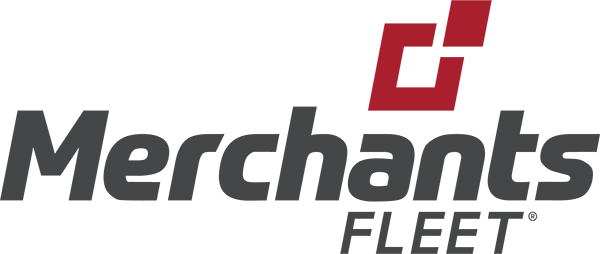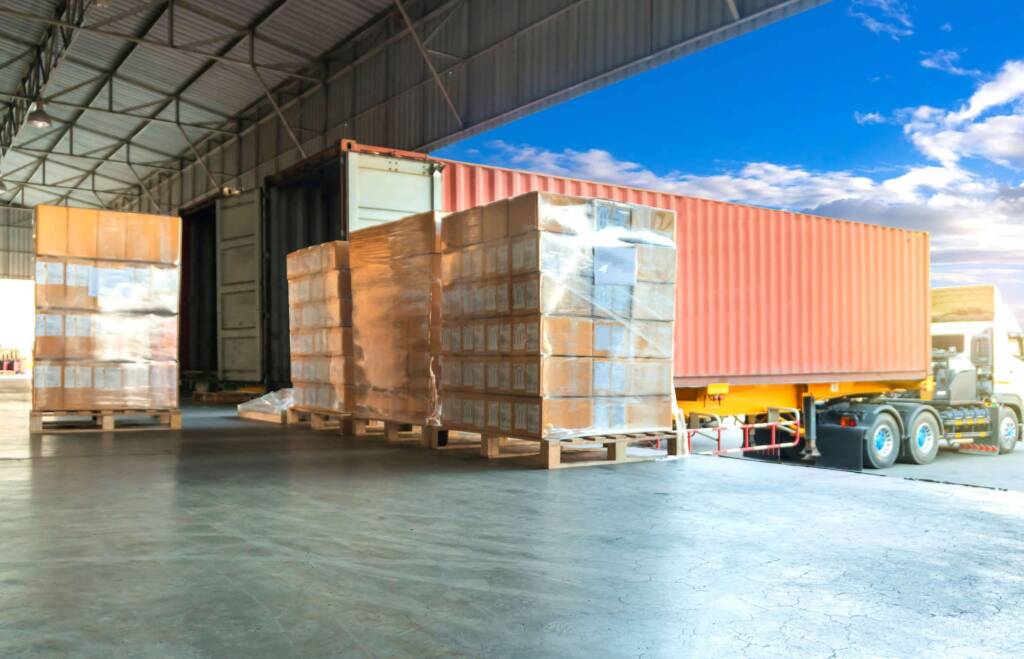The middle mile of the delivery process provides a significant opportunity for cost savings and increased productivity, among other benefits. Many retailers have started bringing middle mile logistics in-house to give them better control over their own supply chain. Additionally, retailers are working with fleet management companies (FMCs) to optimize and better track their vehicle logistics and delivery process. Part of adapting middle mile infrastructure includes owning the warehouse and retail facility that the goods are being transported to and from.
Large corporations, such as Walmart, are shifting toward the long-term use of autonomous vehicles to optimize routes. So, what is the middle mile transportation segment, and why does it matter? Keep reading to learn more about middle mile logistics, benefits, costs, and trends.

